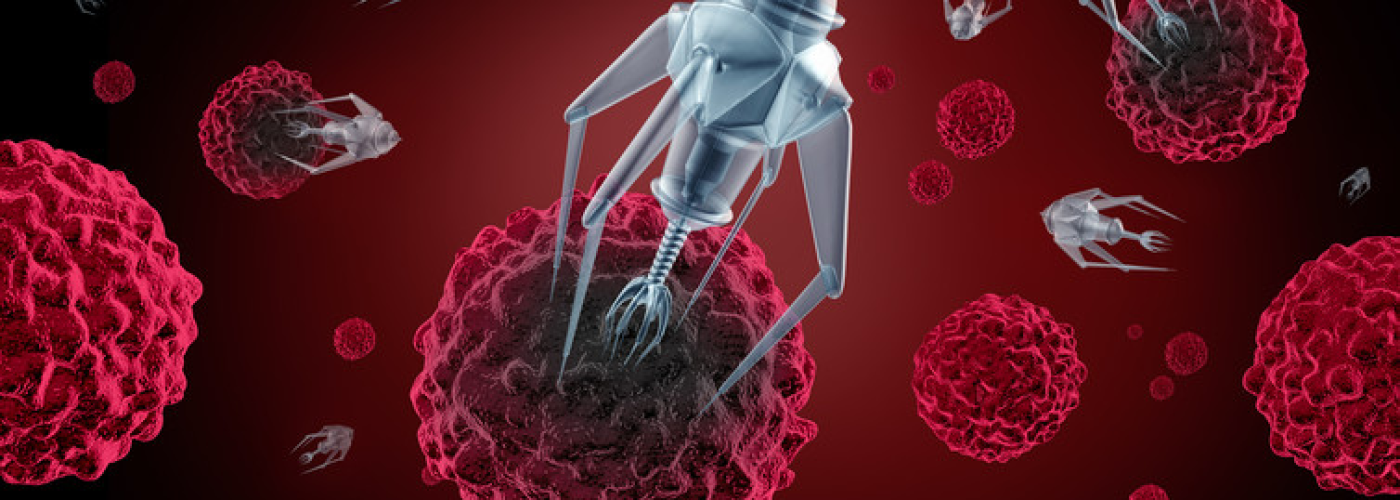The world is advancing in technology at an astounding rate. Everyday new developments are changing the way humans live and work, looking for new efficiencies and application of new technologies. Nanotechnology is not new. However the production of nanofibers and materials through the process of electrospinning is changing the way many sectors think about production and manufacturing.
The development of materials and equipment to facilitate the production of nanometric materials is a fundamental part of many studies into the application of these materials, the scope of which is only now becoming apparent.
How electrospinning works to produce nano-materials
Electrospinning is a method which involved using electrical force to pull charged threads of polymer melts or solutions as means of fiber production. It is similar in some respects to the traditional methods like electrospraying, however does not require some of the high temperatures associated with those methods.
A solution is prepared of polymers, solvents and other functional components, and molecular chain entanglement is allowed to take place.
The electrospinning machine then allows for the feeding of the solution through capillaries and a high voltage electricity is applied. This forms a jet which is stretched and whipped into fibers, while the solvents evaporate. The dry fiber is collected, and then can be formed into a membrane or material depending on the purpose intended.
The manufacturers of electrospinning machines have to follow through very meticulous quality checks and maintain a consistently high standard to ensure the best results. At a molecular level the nano-material is virtually defect free.
Nanomaterials: Application across many fields and sectors
As mentioned the sectors in which this technology is being used is very wide ranging. For example in:
Nutraceuticals: related to pharmacy and nutrition
Immobilization of living cells: used in the application of in vitro processes and used to harness cells
Functional foods: the so-called functional nano-foods, microcapsules, etc.
Food packaging: it is intended to increase the shelf life of food, as well as preserve its properties.
These are some of the most innovative fields. The following areas are also exploring the possibilities:
Biomedical and tissue engineering
Cosmetics
Delivery of medicines
Micro and nano encapsulation
Catalysis
Energy storage
Functional textiles
Phase change material
Filtration and separation
Affinity membranes
Compounds and nanocomposites
Meeting the needs of such a wide range of sectors
Whether the need for electrospinning equipment is coming from industry or academic circles, the need for specialist machinery can be varied. It could be required for a small research laboratory or and enormous scaled up production environment.
The selection of the correct type of machinery is essential to obtain the appropriate results.
For example, in the case of tissue engineering , for example as part of a skin graft or organ protective barrier, it is necessary to manufacture materials that meet specific characteristics.
In this field, three-dimensional structures that allow cell growth must be developed. To achieve this, the fiber must be of an adequate size, with the correct distribution of the pores. This allows for the migration of cells, the formation of blood vessels and the diffusion or exchange of materials between cells.
In addition, these structures must provide the same functional characteristics as the replaced tissue, and be compatible with the organism to avoid rejection by the immune system. It is vital that, in order to achieve outstanding results, the chosen manufacturer of machinery is of the highest quality. It is very important.
However, despite a complexity in this, the set up of the machinery and training of operators to use a simple interface when using it, are actually fairly simple, with the operators being upskilled very quickly. In addition it is a lot more cost effective to set up than other industrial or manufacturing processes.





